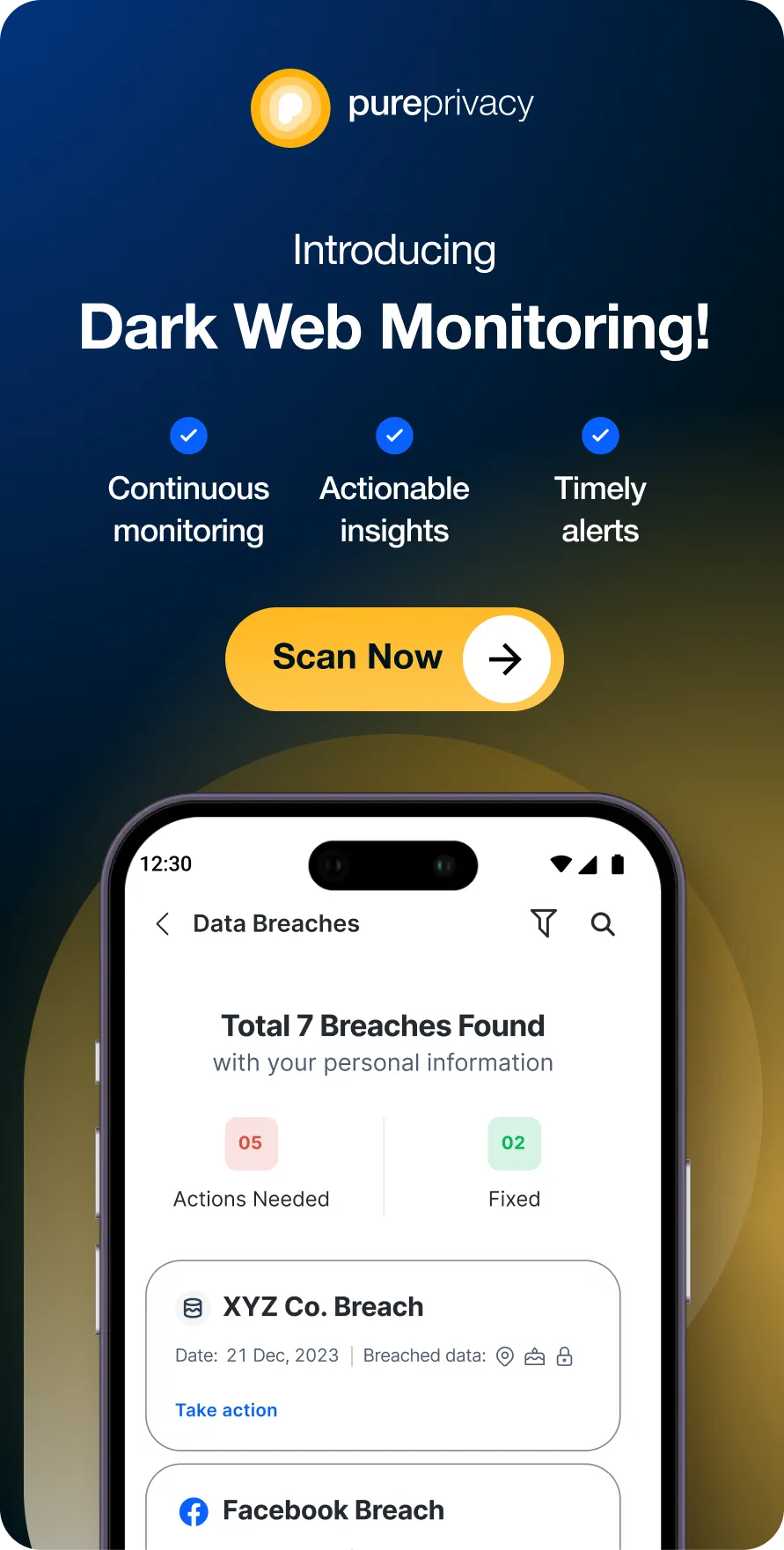Cyber-risks are evolving. Third-party involvement in data breaches and advanced vulnerability exploitation is on the rise. Verizon’s 2025 Data Breach Investigations Report (DBIR) has analyzed over 22,000 incidents and 12,195 confirmed breaches worldwide.
From zero-day exploits targeting perimeter devices to ransomware impacting small businesses, the report gives a clear picture to organizations to reassess their security postures.
Let’s break down the findings, what they mean for cybersecurity, and how businesses should respond.
What Did Verizon’s 2025 Data Breach Investigation Report Reveal?
This year’s report has analyzed multiple worrying trends in how cyberattacks are initiated and spread:
| Credential Abuse | 22% of breaches | One of the most common attack methods, involving stolen or misused login credentials. |
| Vulnerability Exploitation | 20% of breaches | Attackers exploit known or unknown system flaws, often in unpatched software. |
| Third-Party Involvement | 30% of breaches | Breaches tied to vendors or partners doubled, using weak supply chain defenses. |
| Ransomware | 44% of breaches (↑ 37%) | High growth, especially among SMBs, with high operational and financial impact. |
| Zero-Day Exploitation | 34% increase | Targeting perimeter devices like VPNs shows the speed and sophistication of attackers. |
| Human Involvement | Persistent across breach types | Includes phishing, social engineering, and insider misuse of privileges. |
Discover if Your Most Critical Identifiers Have Been Exposed on the Dark Web
Receive timely alerts and actionable insights with PurePrivacy's Dark Web Monitoring.
What Are the Industry-Specific and Regional Trends?
| Manufacturing and Healthcare saw a rise in espionage-driven breaches. |
| Financial, Retail, and Education sectors continue to face sustained threats. |
| Small and Medium-Sized Businesses (SMBs) are the target of ransomware, with 88% of SMB breaches involving ransomware payloads. |
Regional Focus
- In APAC, 80% of data breaches were caused by system intrusions, up from 38% the previous year.
- Malware use in APAC breaches rose dramatically from 58% to 83%, largely distributed via email.
- Ransomware now accounts for 51% of APAC breaches.
Key Takeaways From the DBIR
- 34% Increase in Exploited Vulnerabilities
Zero-day attacks are increasingly common, particularly on perimeter devices and VPNs.
- Third-Party Risk Doubling
Supply chain and partner ecosystem exposures are responsible for one-third of all breaches.
- 44% of Breaches Involve Ransomware
Though the median ransom has dropped to $115,000, the frequency and impact remain high.
- Human Error Still Dominates
Social engineering, phishing, and poor password practices continue to be major contributing factors.
What Can Businesses Do to Stay Secure?
A passive security stance is no longer sufficient today. Verizon’s report clearly shows us that we need a proactive approach:
1. Adopt a Zero Trust Architecture
Ensure that access is continually verified, and segment networks to minimize breach impacts.
2. Strengthen Third-Party Risk Management
Conduct regular vendor assessments, contractually require cybersecurity standards, and monitor supply chain activities.
3. Patch Systems Promptly
Prioritize critical updates, especially on perimeter-facing systems, to reduce exposure to zero-day exploits.
4. Implement Comprehensive Ransomware Defenses
Use a combination of endpoint protection, offline backups, and incident response plans to combat ransomware.
5. Promote Security Awareness Training
Educate staff on social engineering tactics, credential security, and phishing detection.
How to Monitor and Protect Your Organization’s Data
Although maintaining a strong security posture from inside is important, it is also essential to externally manage the risks:
- Enable threat intelligence to detect suspicious activities in a timely manner.
- Implement anomaly detection systems.
- Use PurePrivacy dark web monitoring to detect leaked credentials or sensitive information.
Here's how you can use Dark Web Monitoring:
- Sign up for PureMax.
- Download and install the PurePrivacy app.
- Log in to your account and click Dark Web Monitoring.
- Select Add Assets to Monitor and enter your email address, SSN/NIN, credit card number, passport number, and phone number in the respective fields.
- Enter the code sent to your registered number to verify your identity, and you’re done.
- Follow the recommended measures if your personal data is part of a breach to protect yourself from further harm.
Frequently Asked Questions (FAQs)
-
Is ransomware still profitable for attackers?

Yes. Although companies and individuals have a lower payout ratio, ransomware is still a persistent and low-cost threat.
-
How do third-party breaches typically occur?

Third-party breaches often occur through vendors with weak security controls or outdated systems. Attackers use these as a way to target larger targets.
-
What types of vulnerabilities are being exploited most?

Zero-day attacks affecting edge devices like VPNs, firewalls, and web applications are being exploited commonly due to their broad exposure.
-
What is the biggest risk for SMBs in 2025?

The combination of limited resources, lower cybersecurity maturity, and high ransomware targeting makes SMBs vulnerable.
The Bottom Line
Businesses need to realign their security fundamentals due to changing cybersecurity threats.
Whether you’re a multinational enterprise or a growing SMB, visibility, vigilance, and rapid response are what you need.






